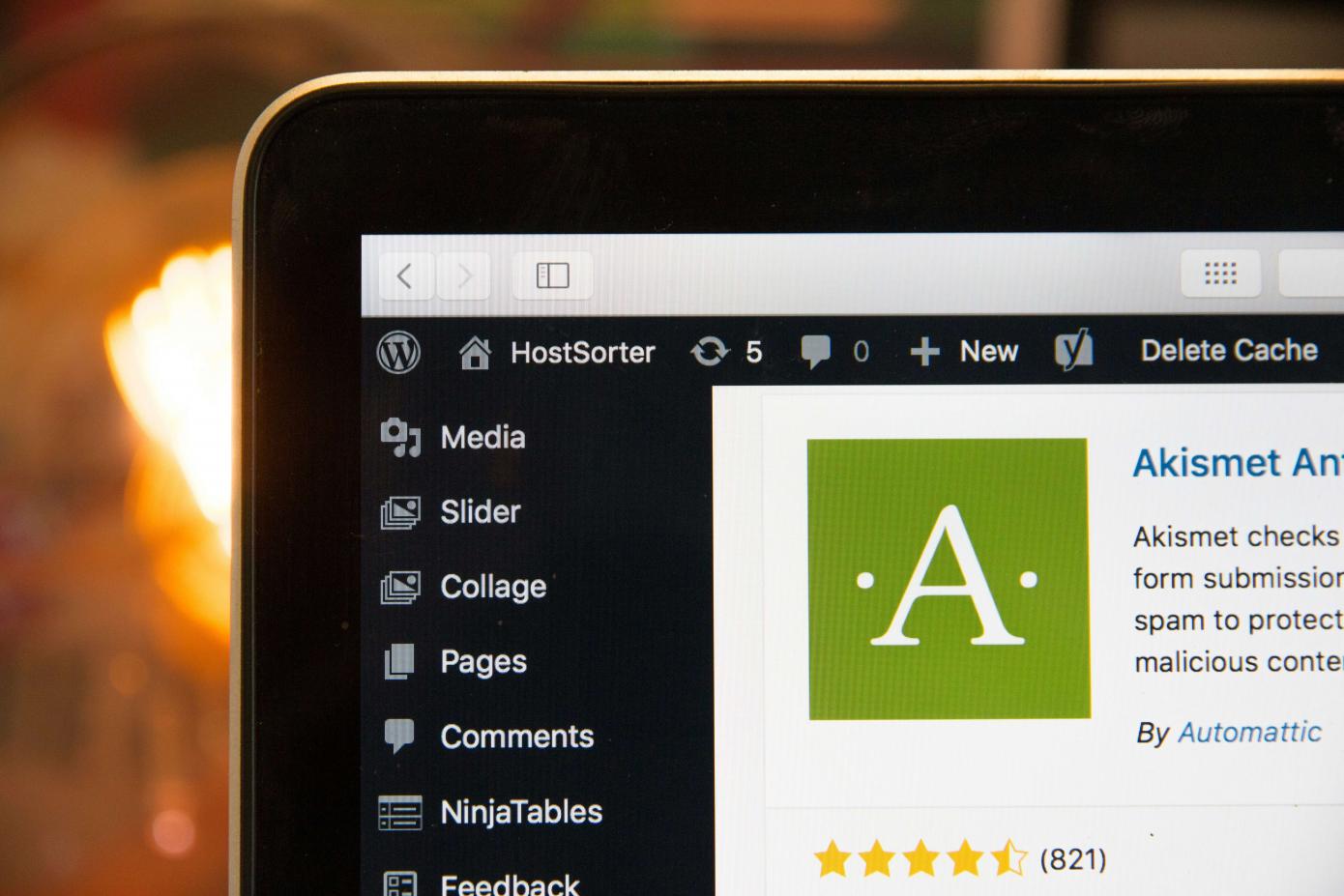In the next few weeks, we will embark on a detailed exploration comparing two of the most popular content management systems (CMS) in the digital space: Drupal and WordPress. Our series aims to guide businesses, developers, and content creators in selecting the appropriate platform based on their specific goals, vision, and operational needs. If you're interested in understanding the main differences between WordPress and Drupal, check out our article here for an overview.

Introduction to the Platforms
Drupal is renowned for its robustness and flexibility, especially among developers and larger enterprises that require complex, highly customizable websites. Initially released in 2001, Drupal has evolved into a powerful framework suited for complex data integration and multi-domain management.
WordPress, launched in 2003, began as a simple blogging platform but has grown into the most widely used CMS in the world. It is celebrated for its ease of use, making it an ideal choice for small to medium-sized businesses, bloggers, and non-tech savvy users looking to create functional, visually appealing sites without delving into extensive coding.
Content Management and Display
Drupal offers a more granular control over content management processes. It supports a wide array of content types and is highly customizable through its module system. This flexibility makes Drupal ideal for handling large volumes of content and varied digital media formats, which can be crucial for media-rich sites like those for news platforms and academic institutions.
WordPress shines with its user-friendly interface that simplifies the content management experience. It's What You See Is What You Get (WYSIWYG) editor, along with a vast selection of themes and plugins, allows users to easily manage and display content. While it may not offer as detailed control as Drupal, WordPress provides sufficient capabilities for the majority of users, with options to enhance functionality through custom themes and plugins.
Customization and Front-End Normalization
The front-end in Drupal can be completely customized to meet the specific demands of any business, thanks to its API-first approach which facilitates seamless integration with multitudes of systems and its robust theming layer that allows developers to tweak every aspect of the site’s appearance and functionality.
Conversely, WordPress offers a more standardized experience. The plethora of themes available, both free and premium, allows sites to get up and running quickly with a professional look. However, customization is often reliant on specific themes or plugins, which may limit the degree of personalization compared to Drupal.
Advanced Features and Integration
Developing advanced features in Drupal involves tapping into its extensive API system, enabling developers to create bespoke functionalities tailored precisely to business needs. This is particularly beneficial for sites requiring intricate user permissions, custom workflows, or third-party integrations.
WordPress may seem less flexible in comparison, but its large ecosystem of plugins extends its functionality tremendously, allowing users to add complex features without needing to code from scratch. The trade-off is that relying on plugins can sometimes lead to security vulnerabilities and potential performance issues if not carefully managed.
Community and Market Comparison
The Drupal community, though smaller than WordPress's, is highly engaged and professional, comprising developers, site builders, and businesses that contribute to its documentation, shared modules, and distributions. This community is particularly supportive when it comes to enterprise-level and complex projects.
The WordPress market is vast and varied, catering to a wide audience that includes amateur site builders, SMEs, bloggers, and professional developers. The community is active, with numerous forums, tutorials, and workshops that help users at all levels to maximize their use of the platform.
Security and Maintenance
Drupal is known for its strong security measures, often making it the choice for government and other high-security-needed sites. Its built-in security features, coupled with regular updates and a proactive security team, help maintain the integrity and safety of sites.
WordPress, while generally secure, faces more security challenges due to its popularity and extensive use of third-party plugins. Regular updates and maintenance are crucial to safeguard WordPress sites, especially when using numerous plugins and themes which can be targets for attacks.
Conclusion
Choosing between Drupal and WordPress will ultimately depend on the specific needs of your project. Drupal is ideal for those who need a highly customizable system capable of handling complex structures and large amounts of data. WordPress, on the other hand, is best suited for users looking for ease of use, quick setup, and a broad range of aesthetic options through themes and plugins.
In our upcoming articles, we will dive deeper into each aspect mentioned, providing you with detailed insights and practical advice to help you make an informed decision for your next web project. Stay tuned as we uncover the layers of Drupal versus WordPress in the realms of scalability, performance, and overall impact on digital strategy.
In the meantime
If you need to answer this question quickly and need help with a project definition.
Contact us right away. We’ll guide you!

